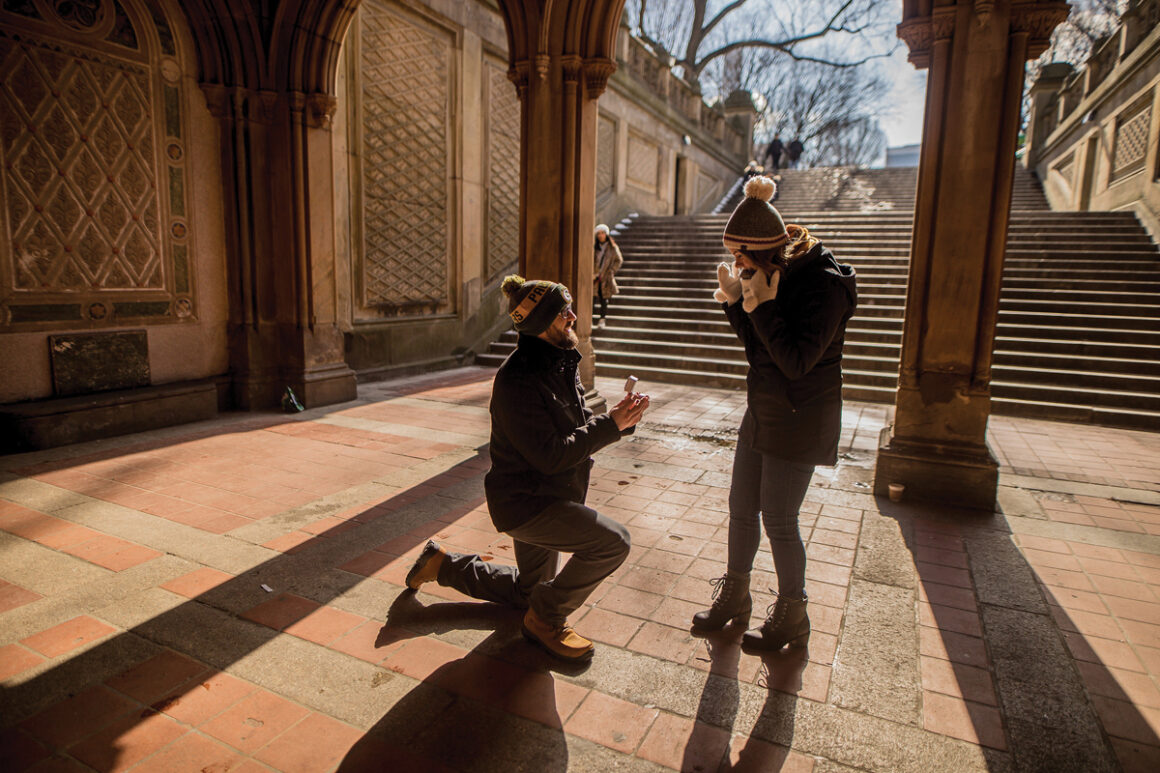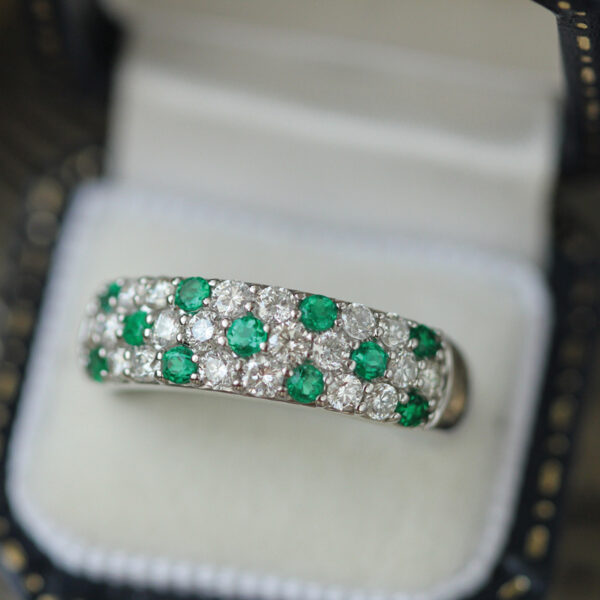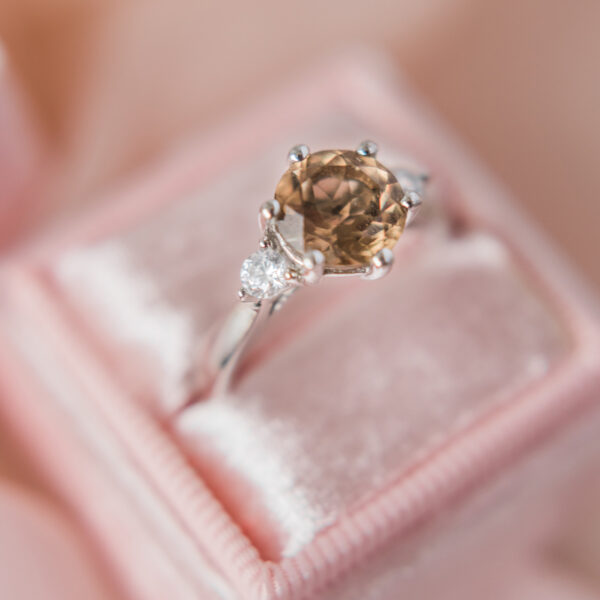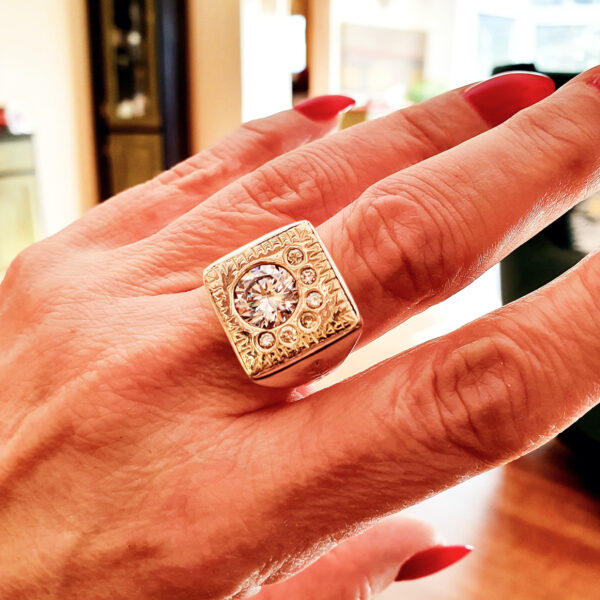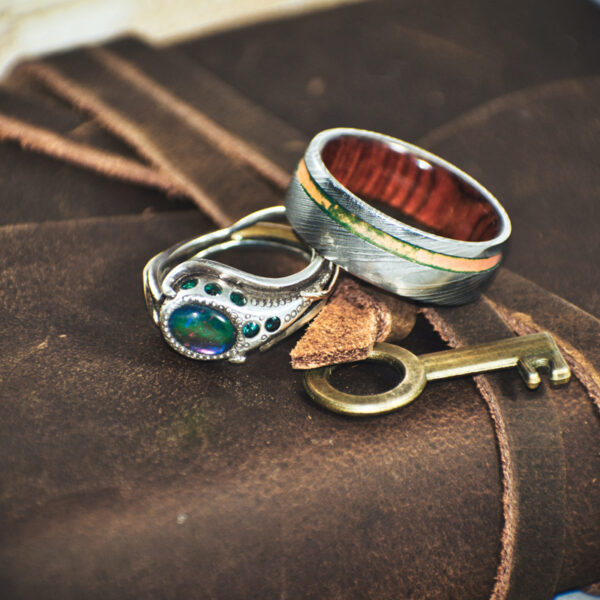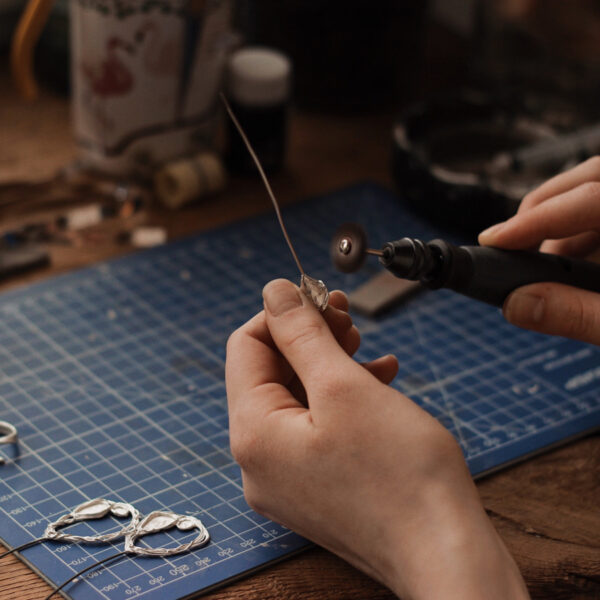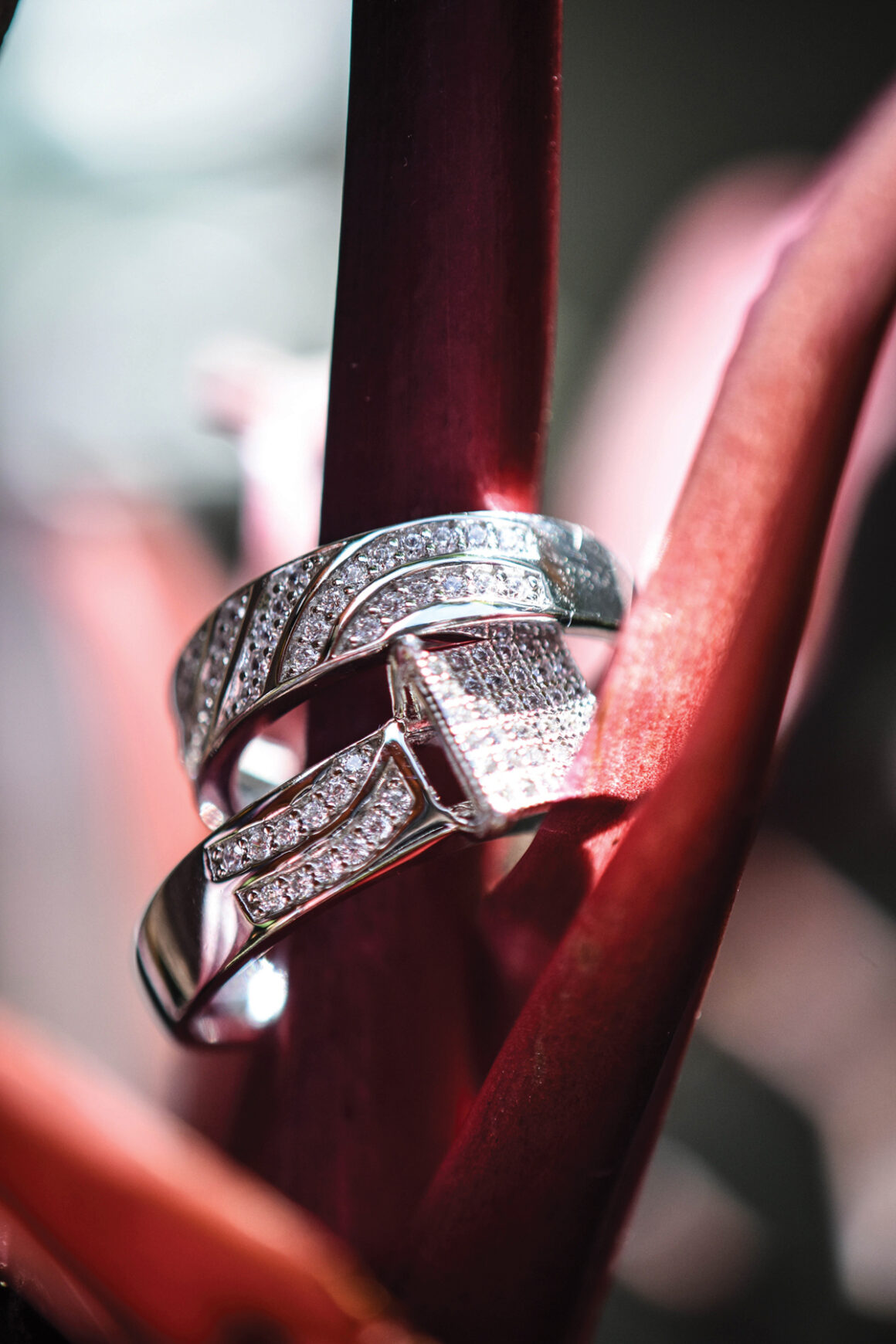Alternative engagement rings – The hard truth about birthstone engagement rings
Birthstone engagement rings are becoming increasingly popular – particularly with men who want an engagement ring that is personalised, but don’t quite know where to start. An increasing number of brides-to-be are thinking outside the diamond solitaire box when it comes to choosing an engagement ring. While a white diamond sparkling atop a gold or platinum band is still the most prevalent choice, the popularity of non-diamond engagement rings is on the rise.
Selecting an engagement ring can be tough. You want it to be a future heirloom that she will treasure, and also a design that reflects her personality. So for a ring that she will really connect with, why not propose with a birthstone engagement ring?
The words “diamond” and “engagement ring” have been inextricably linked ever since De Beers launched its “A Diamond is Forever” advertising campaign in 1947. However, before World War II, only ten percent of engagement rings contained diamonds, and coloured gems such as amethysts, sapphires and rubies were far more commonplace as centre stones. And now, it seems, the tide is turning once again.
Multiple gemstones to choose from?
If your bride-to-be was born in one of the months with competing stones, you may have to choose between birthstones. December has four, with tanzanite, blue zircon, blue topaz and turquoise all competing for her hand. However, none are hardy enough to withstand daily wear – an important consideration if you want her engagement ring to last a lifetime.
Get to know the Moh’s Hardness Scale
While the colourful world of gems offers many exciting possibilities, there is one important factor to consider when buying a birthstone engagement ring. Diamonds – the stone most commonly set in engagement rings – are chosen for their hardness and durability, but other birthstones are not so tough.
The Moh’s Hardness Scale, which is used to measure how easily you can scratch a gem with a harder substance, will give you a good indication of whether a birthstone is suitable for an engagement ring. As a rule of thumb, anything above 7.5 on the Moh’s Scale is good. Conversely, anything below that, including emeralds (7.5), opals (5.5−6.5), tanzanites (6.5−7), turquoise (5−6), and pearls (2.5), should be avoided.
Here is a quick guide to which gemstones you should avoid if you will be wearing your ring every day.
January: Garnet
6.5−7.5 on the Moh’s Hardness Scale – not recommended for an engagement ring.
February: Amethyst
7.0 on the Moh’s Hardness Scale – not recommended for an engagement ring.
March: Aquamarine
7.5−8.0 on the Moh’s Hardness Scale – not the hardest of gems, but worth considering for an engagement ring.
April: Diamond
10 on the Moh’s Hardness Scale – top of the list.
May: Emerald
7.5−8.0 on the Moh’s Hardness Scale, but emeralds normally have inclusions – minute cavities trapped inside the gem – which make them much more fragile than the Moh’s Scale suggests. Avoid for an engagement ring.
June: Pearl, Moonstone and Alexandrite
At 2.5 on the Moh’s Scale, pearls are a definite no-no, as are moonstones, which score 6.0−6−5. Alexandrites score a more solid 8.5, so if you are a June baby, this is the only birthstone engagement ring we would recommend.
July: Ruby
9.0 on the Moh’s Scale – perfectly suited to an engagement ring.
August: Peridot, Sardonyx and Spinel
Avoid peridot and sardonyx – a type of onyx – which both score 7.0 on the Moh’s scale. Spinel is a harder 8.0 and therefore suitable for an engagement ring.
September: Sapphire
9.0 on the Moh’s Scale – perfectly suited to an engagement ring.
October: Opal and Tourmaline
At 5.5−6.5 on the Moh’s Scale, opals are easily scratchable, while tourmalines (7.0−7.5) don’t make the grade either. Avoid both for a birthstone engagement ring.
November: Citrine and Topaz
7.0 and 8.0 respectively on the Moh’s Hardness Scale, opt for a topaz birthstone engagement ring if you are born in November.
December: Tanzanite, Blue zircon, Turquoise and Blue topaz
December babies are spoilt for choice with their birthstones, but only one – blue topaz, which scores 8.0 on the Moh’s Scale – is hard enough to consider for an engagement ring. Blue zircon (7.5) is debatable but steer clear of tanzanite (6.5−7.0) and turquoise (5.0−6.0).
Written by Cindy-Lou Dale
